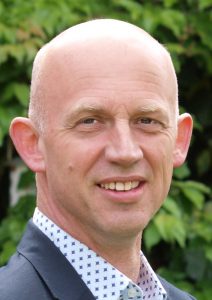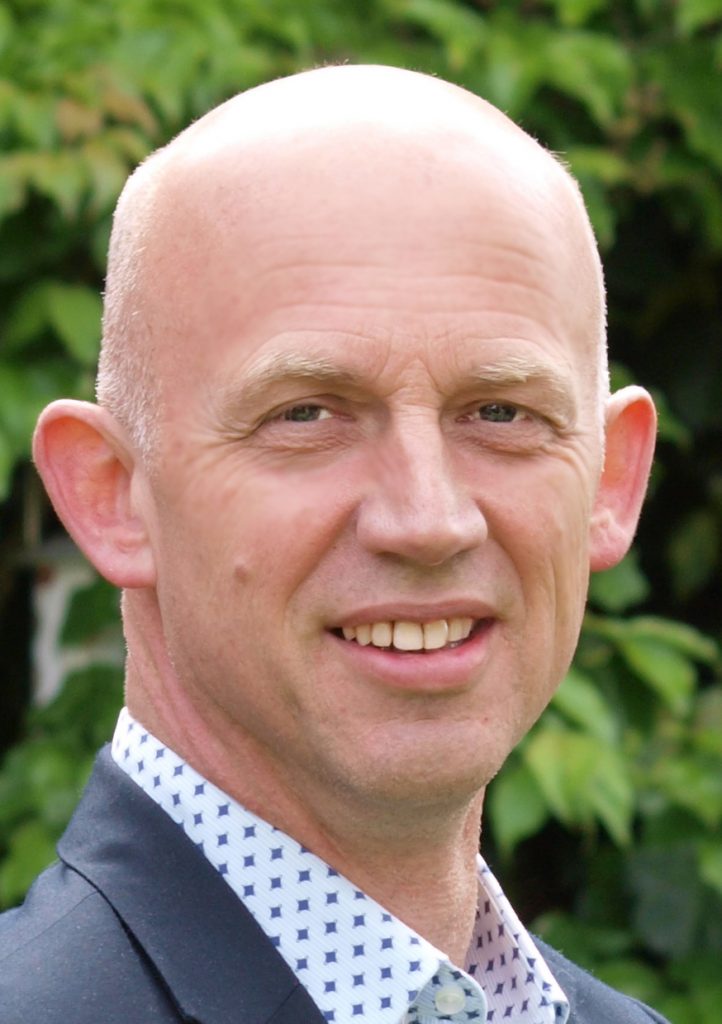
Ruud Gal, formerly Senior Director Innovation Strategy at Philips Lighting, led this process a few years ago: “We achieved an important result without having set a target for it. The influx of women at Philips has grown from 12% to more than 30% that year. In addition, the atmosphere within our department has improved enormously. People treat each other more openly and positively. Because they feel more heard, meaningful discussions are started. ”
A diverse composition of the workforce contributes to growth: it ensures satisfied and valued employees and stimulates creativity and innovative strength.
Ruud: “Diversity and leadership are often linked to the ratio of men and women within a company, but it is actually about creating a” people-friendly “culture in which everyone is deployed to their strengths. In a people-friendly working environment, everyone feels heard and appreciated, we can better identify customer needs, respond better to the market, make better decisions and ultimately be more successful. ”
Culture change
“Philips Lighting has undergone a major transformation. The shift from lamps to LEDs changed our entire organization. We used to be quite closed and focused on our own processes, now we were forced to open up more. So we not only had to deal with drastic technical changes, our culture also had to change. In addition, like many other divisions of Philips, we had to deal with a low percentage of women. To find out why so few women work for us and to help shape the culture change, I went to a conference on Female Leadership. It was here that I met Esther Mollema, mind bug expert and founder of Direction. Together we started with an active and result-oriented approach; training for management and all employees. ”
Mindbugs
Ruud continues: “In this training it became clear that when making decisions, we are influenced by ‘mind bugs’, unconscious prejudices and stereotypes. A mind bug could be: women cannot lead well. We can’t help that, these mind bugs are remnants of the evolution we have gone through as humans. Once you have exposed these mind bugs, it will be possible to do something about them with targeted exercises so that they no longer stand in your way. ”
Esther adds: “Cleaning up the mind bugs is the first step. But one of the secrets of a successful organization is creating a working environment in which people can enter into a dialogue with each other in a good, honest, constructive way. That is an environment in which there is an atmosphere of openness and equality. ”
Mindbugstest results
Ruud continues: “In the follow-up sessions, we discovered that diversity is important for a constructive dialogue. The more diversity within a group, the more strength. ”
The results of the approach of Ruud and Estherare obvious. Ruud, enthusiastic: “We achieved an important result without having set a target for it. The influx of women at Lighting has grown from 12% to more than 30% per year. In addition, the atmosphere within our department has improved enormously. People treat each other more openly and positively. Because they feel more heard, meaningful discussions are started. This has even led to the change in one of the innovation processes. LightLabs has a jury that assesses new ideas in the field of products and processes. It consisted only of white Dutch men, until someone pointed this out to us. Great, because by having people with different backgrounds participate in the jury, you view ideas from multiple angles. We are very happy with the results within LightLabs. These are shared with other divisions through the Diversity and Inclusion Council within Philips. In this way, they too can reap the benefits of our “all-inclusive” work environment. “
Want to know more?
For more information about this case or our programs on Diversity and Inclusion, please contact Robert Smit, telephone number +31-(0)6 54253643. We are happy to help you!

